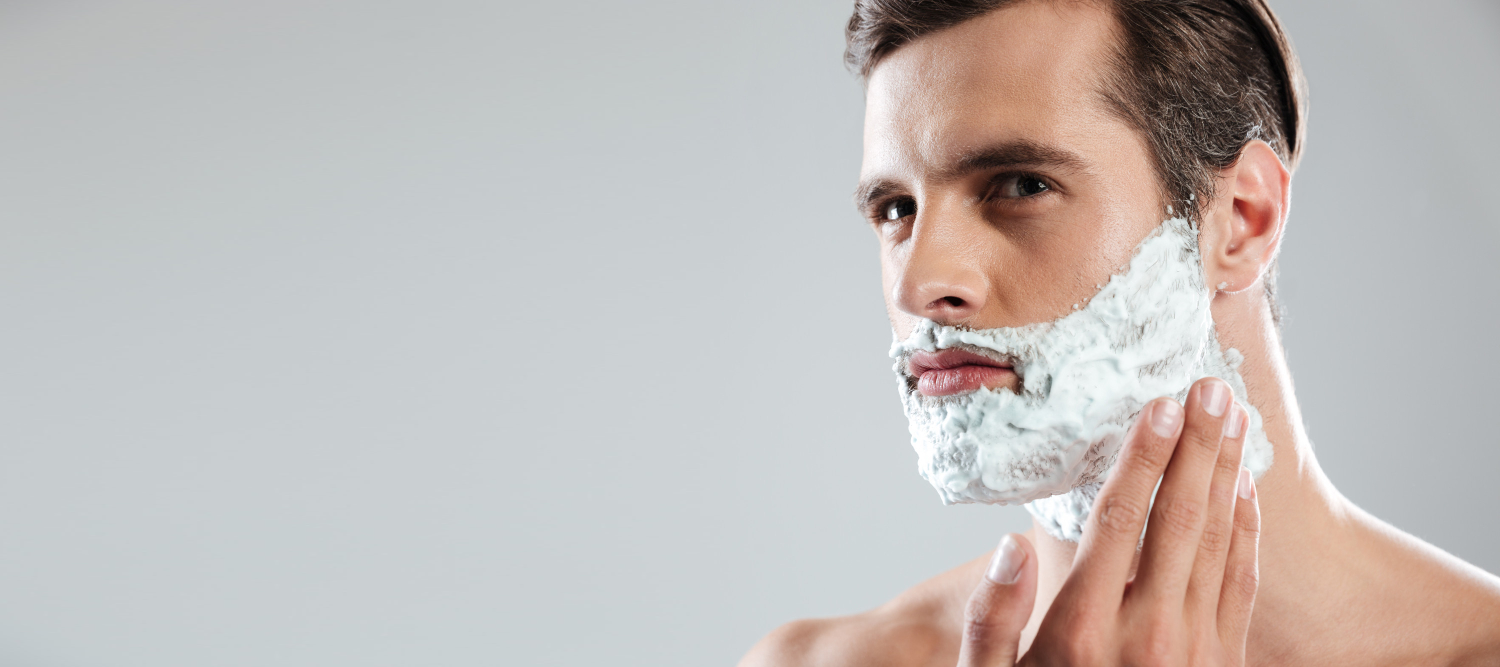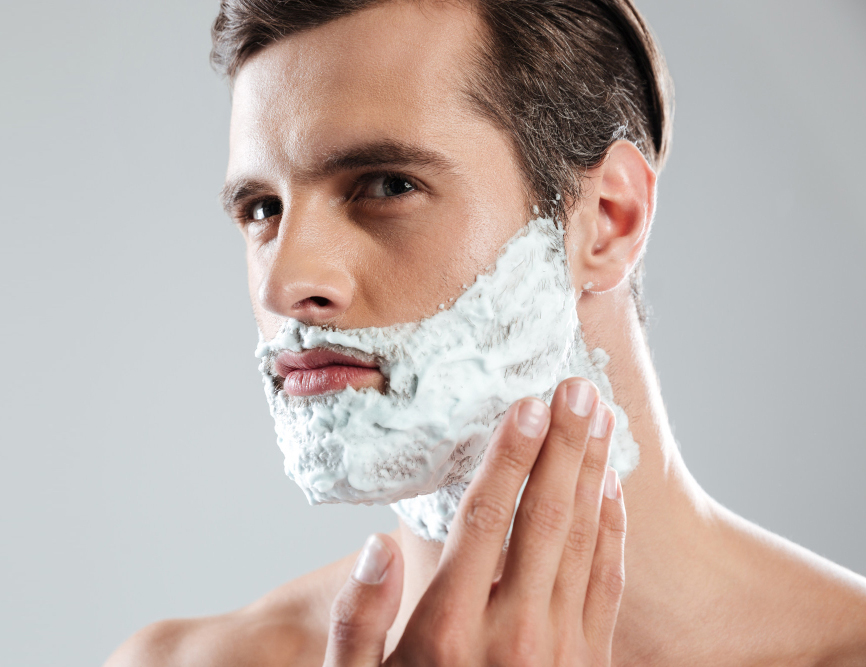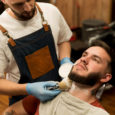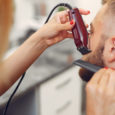June 5, 2023
Appropriate Moisturizer for Sunburn: What You Need to Know
Sunburn affects millions of people around the world every year—leaving many of us searching for ways to relieve…




 John D
John D David D
David D John P
John PSunburn affects millions of people around the world every year—leaving many of us searching for ways to relieve…
Dealing with the problem of ear hair can be a perplexing and disconcerting issue for many individuals, especially…
Washing your hair seems simple – all you need to do is grab some shampoo, lather up, rinse,…

